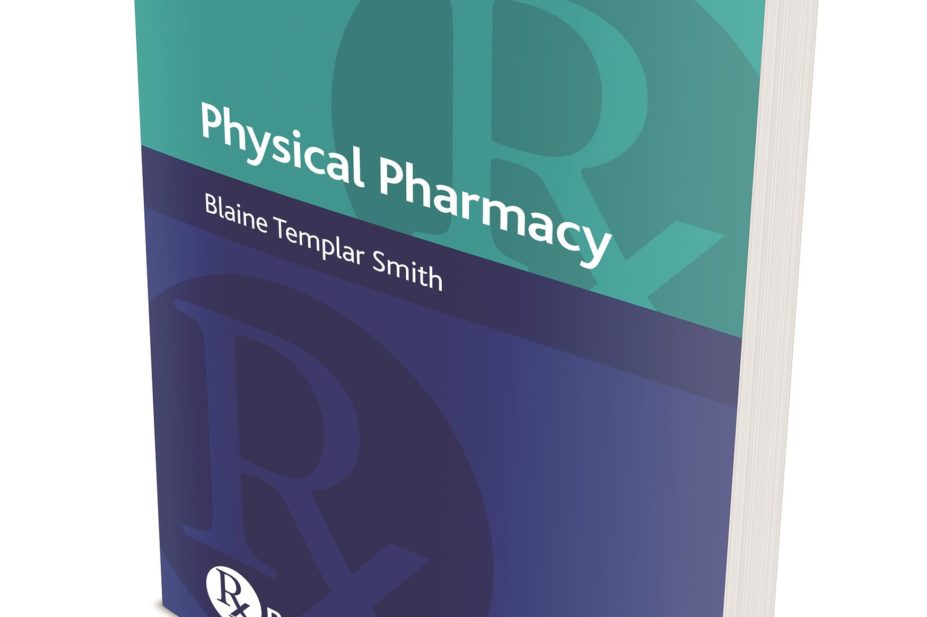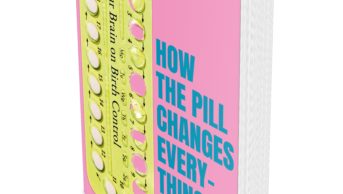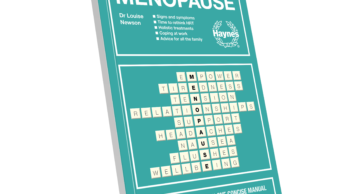
The study of physical pharmacy often fills many students with trepidation but this book, published by Pharmaceutical Press, Royal Pharmaceutical Society, can help to alleviate this by providing a simple introduction to the topic. The author defines physical pharmacy as a subcategory of pharmaceuticals that focuses on the reasons that drug delivery systems behave as they do.
The book comprises seven main chapters covering: intermolecular interactions; pharmaceutical solvents; solubility and dissolution; colligative properties of solutions; interfacial phenomena; disperse systems (colloids) and disperse systems (course dispersions, suspensions and emulsions). Each of these chapters identifies learning objectives, features key points and illustrations, presents self-assessment questions and offers further reading and references. Many equations appear in each chapter along with detailed illustrations and, where appropriate, tables of relevant information.
The colligative properties of a given solution include its vapour pressure, boiling point, freezing point and osmotic pressure. They depend on the quantity or concentration of the particles in the solution but are independent of the identity of the particles. Thus the addition of a solute to a solvent will lower its vapour pressure, elevate the boiling point, depress the freezing point and elevate the osmotic pressure.
Although not considered a colligative property, diffusion also plays an important part in determining the property of a solution. Both diffusion and colligative properties are important for pharmaceutical and biological systems. Preparations need to be isotonic or iso-osmolar to prevent tissue damage.
‘Physical pharmacy’ is one in a series of guides created by Remington Education that provides a simple, concise view of the concepts and applications of this subject. The guides have been developed specifically for pharmacy students to help them to integrate the science of pharmacy into practice.
A minor criticism is that the book gives few examples of actual situations or pharmaceutical products to illustrate the concepts described. The book is laid out in an easy to understand way, guiding the reader through each relevant component. By providing a summary of important information and including self-assessment questions and answers, the book offers a practical way for students to check knowledge and track progress before, during and after a course in physical pharmacy.
References
‘Physical pharmacy’, by Blaine Templar Smith. Pp xvii +168. Price £35.00. London: Pharmaceutical Press; 2015. ISBN 978 0 85711 106 7


